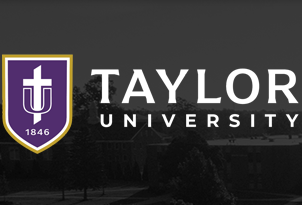Date of Award
2014
Document Type
Thesis
Degree Name
Master of Environmental Studies (MES)
First Advisor
Paul Rothrock
Second Advisor
Robert Reber
Third Advisor
Scott Namestik
Abstract
Many tallgrass prairie restorations fail to match the level of biodiversity found in undisturbed prairie remnants. Restorations often become excessively dominated by warm-season grasses at the expense of forbs due to the lack of historical disturbance regimes. Interseeding new species often requires a disturbance mechanism to aid establishment of new plants. In April 2013, five native forb species were seeded into a restoration dominated by Andropogon gerardii (big bluestem). Two types of treatments were used in a factorial design: biomass removal by haying or burning, and application of a grass-specific herbicide. After one growing season, seedling counts of sown and regionally-native forb species were higher in plots treated with herbicide. Seedlings of Parthenium integrifolium (wild quinine) were taller in plots treated with herbicide. Aboveground biomass of A. gerardii was greatly reduced by herbicide, reduced even further by a second application, and was found to be negatively correlated with the height of P. integrifolium seedlings. Haying increased seedling counts for regional natives, but otherwise was no different than burning. Where management options are limited, grass-specific herbicide application could constitute an effective tool for prairie restorationists interested in increasing floral diversity.
Recommended Citation
Thada, Adam, "Testing Disturbance Methods to Aid Interseeding Forbs in a Grass-Dominated Prairie Restoration in Northeast Indiana" (2014). Master of Environmental Science (MES) Theses. 7.
https://pillars.taylor.edu/mes/7

